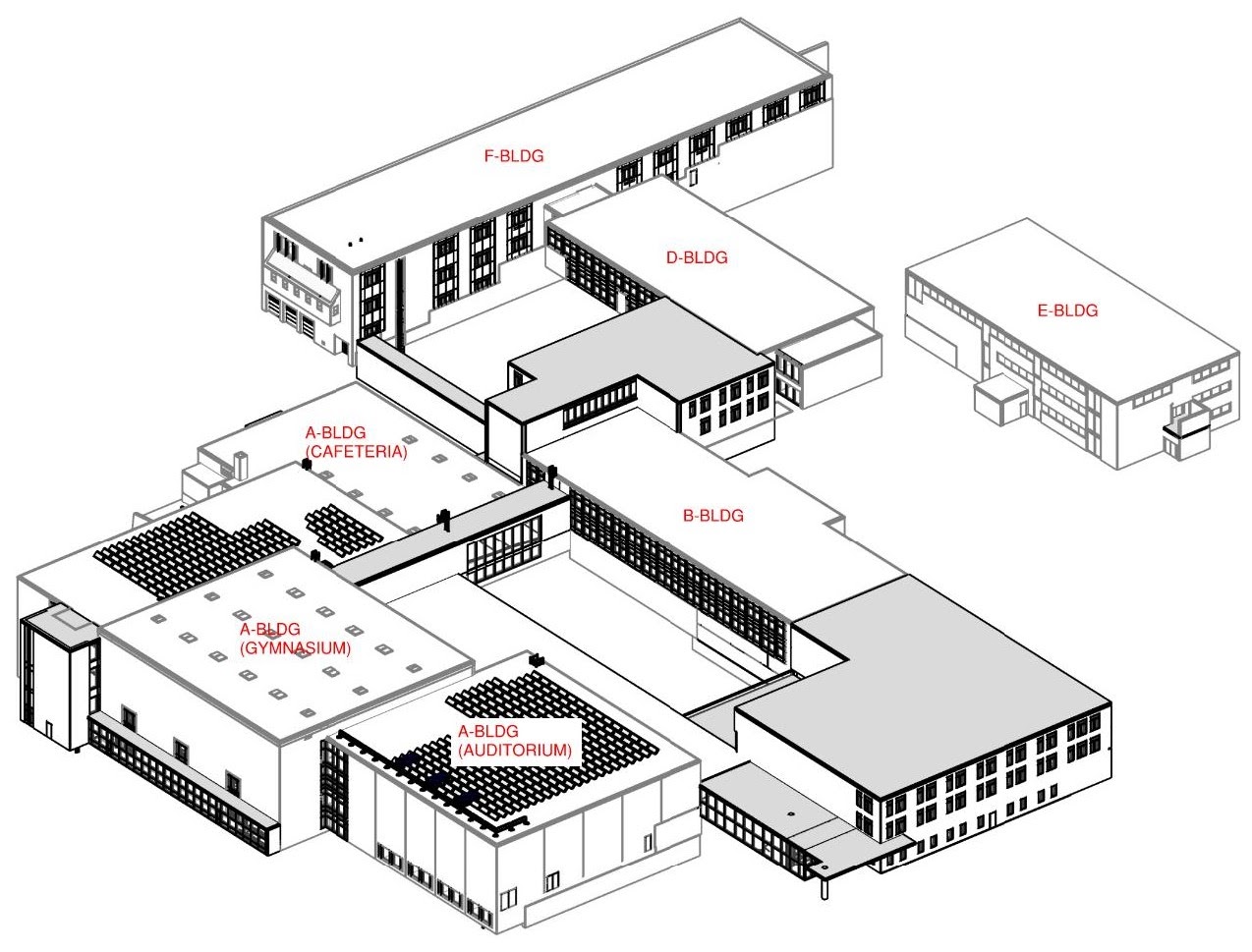
As you may recall, in November 2019 we gave a BHS/BTC presentation explaining that we had found levels of hazardous materials in the soil and in some of the building materials on the BHS/BTC campus; and we shared this message more broadly in our February 2020 ReEnvisioning update. These materials include asbestos, lead, Polycyclic Hydrocarbons (PAHs), and Polychlorinated Biphenyls (PCBs). Findings such as this are very common in facilities of the age of the BHS campus but we do not take this information lightly, and the significant costs associated with properly removing or abating these contaminants were one of the reasons the BHS/BTC Building Construction Oversight Committee presented a revised schematic design to our board in April.
Since the initial discovery of these materials, BSD environmental consultants have performed a series of additional sampling and testing protocols in order to determine the extent of the contamination. The goal of this investigation is to:
1) Determine the current and future risk these materials may pose to building occupants, and;
2) Determine the best course of action for both interim and long-term mitigation.
As an added layer of due diligence and caution, this summer BSD also engaged a second environmental consulting firm to provide a “peer review” of the findings of our primary environmental consultant. Working together, the consultants have generated detailed reports of their findings and, following standard protocol, BSD has shared these findings with the VT Department of Environmental Conservation (DEC), the VT Department of Health (DOH), and the U.S. Environmental Protection Agency (EPA).
The next step in the process is to perform prescriptive air and soil sampling throughout the facility to assess PCBs levels relative to levels recommended by the Vermont Department of Health. Our consultants have put together a testing plan and presented it to regulatory agencies, and we hope to begin testing as soon as Tuesday, September 1. We are also working with our teams to ensure that the soils that have PCBs and PAHs will be isolated and direct contact with students and staff will not occur.
The results of the air sampling will help to determine the next steps to ensure that all building occupants and workers are safe before, during, and after construction. BSD District will provide frequent updates and supporting information, including test results, as soon as it becomes available. For more information on the BHS/BTC ReEnvisioning project, please check our website frequently. For more information about PCBs and hazardous materials, please take a look at the factsheet provided by the State of Vermont (translated versions below).
For questions or more information about the testing or PCBs and health effects, please contact our partners at the Departments of Environmental Conservation and Health:
Questions about the testing process
Patricia Coppolino, Environmental Program Manager
Vermont Department of Environmental Conservation
1 National Life Drive, Montpelier, VT
802-249-5822
Patricia.coppolino@vermont.gov
Questions about the chemicals and possible health effects
Sarah Vose, State Toxicologist
Vermont Department of Health
108 Cherry Street, Burlington VT
1-802-863-7598
Sarah.vose@vermont.gov
Polychlorinated Biphenyls (PCBs) fact sheets
Arabic | Burmese | Chinese
E
Kirundi | Nepali | Somali
Sp

